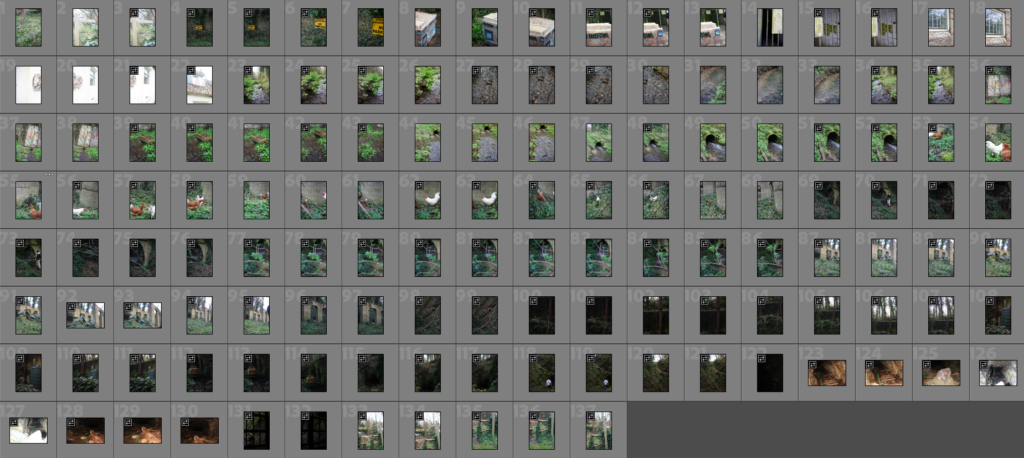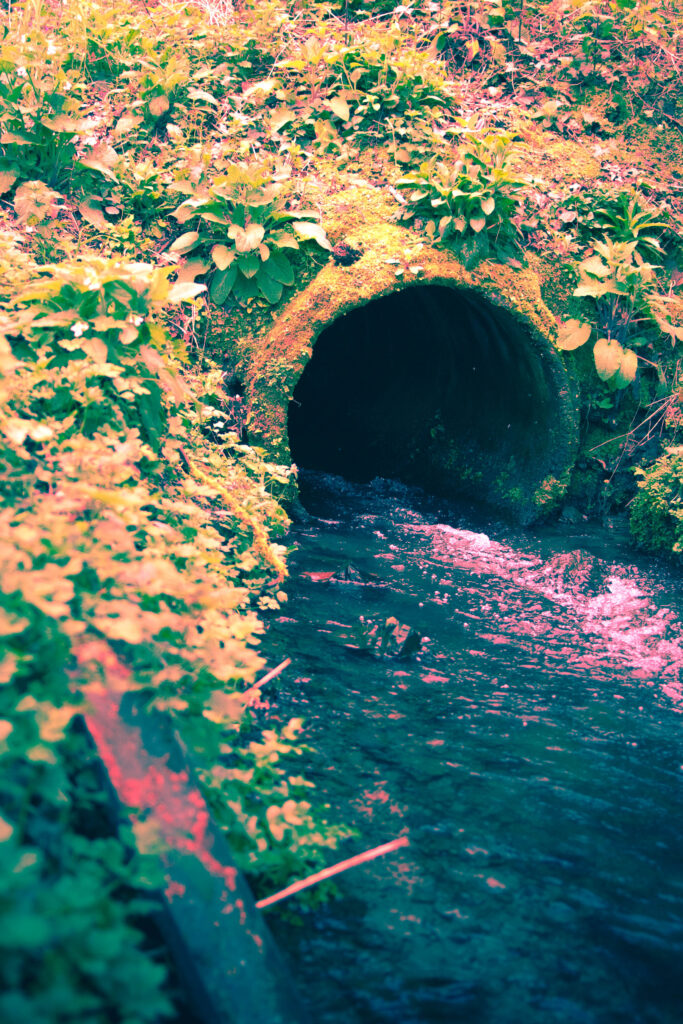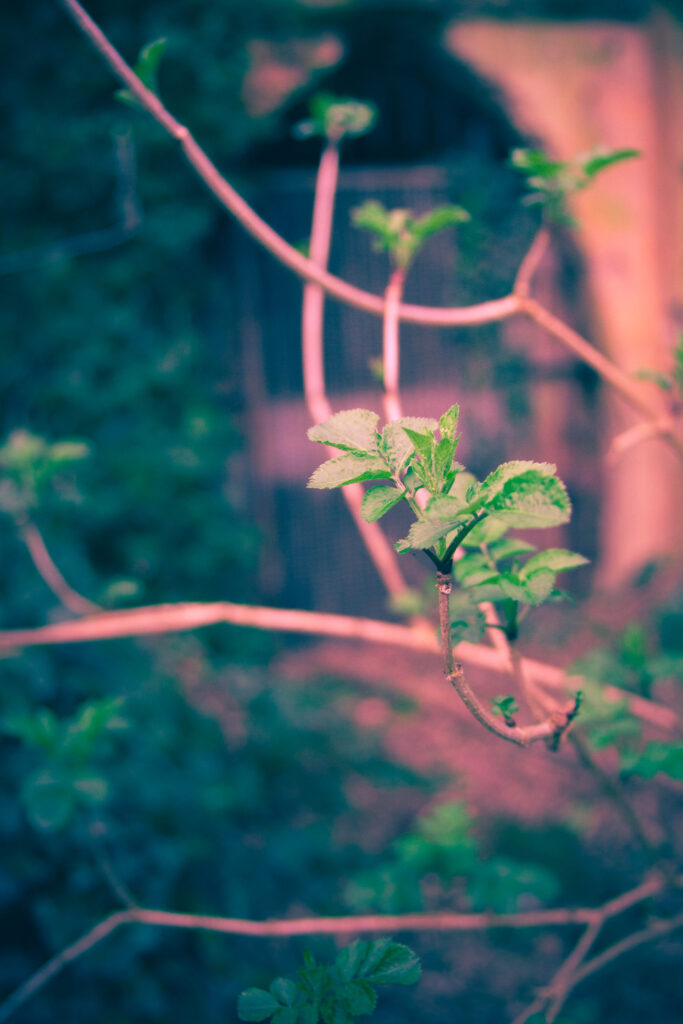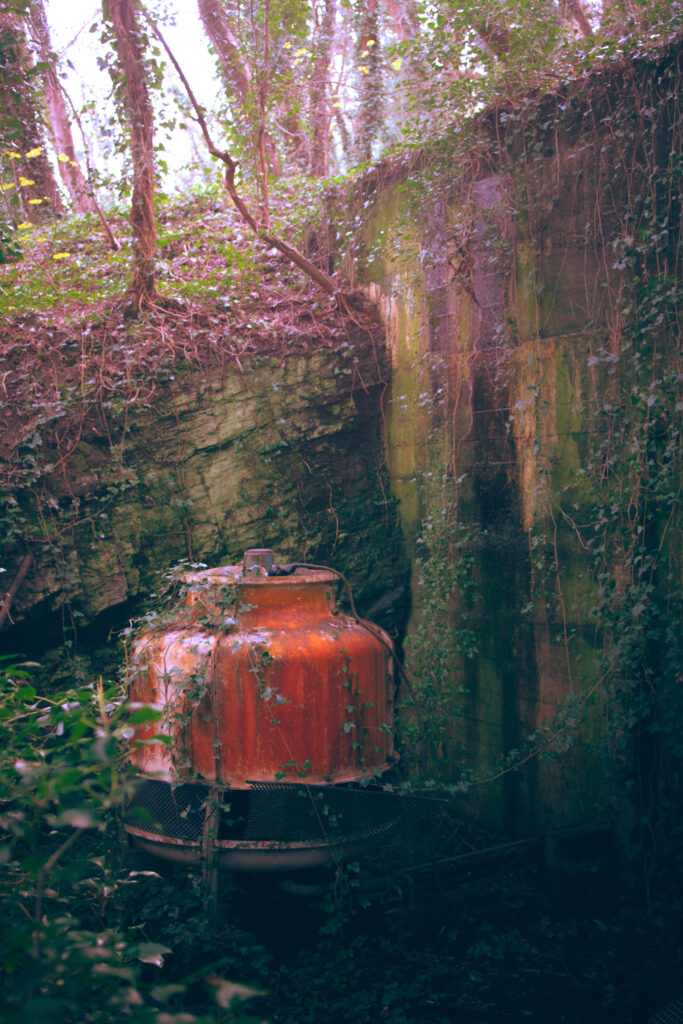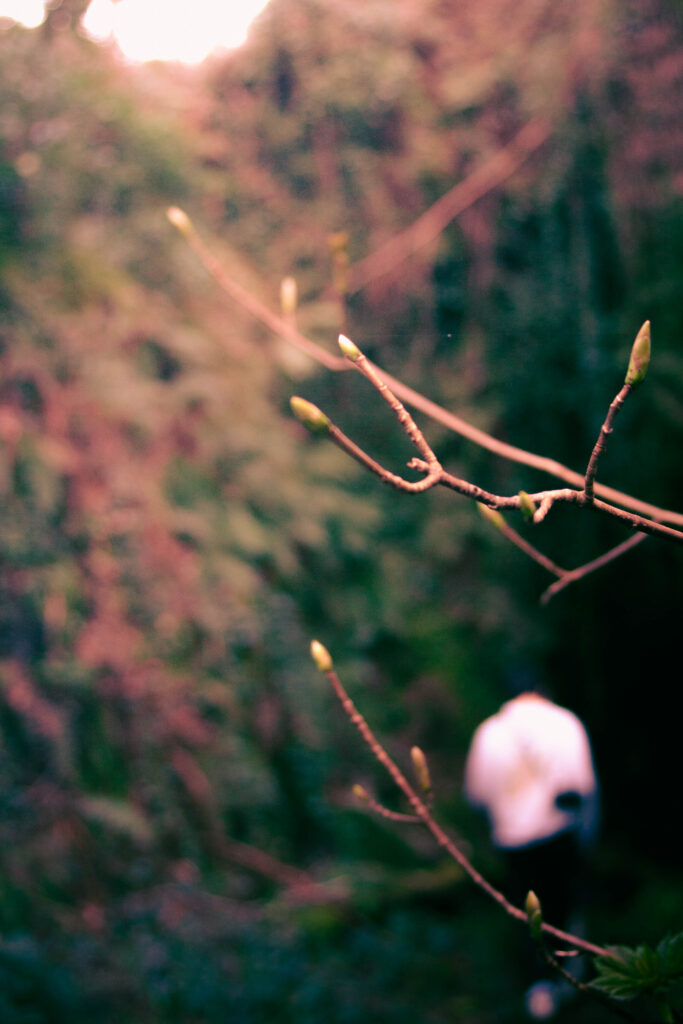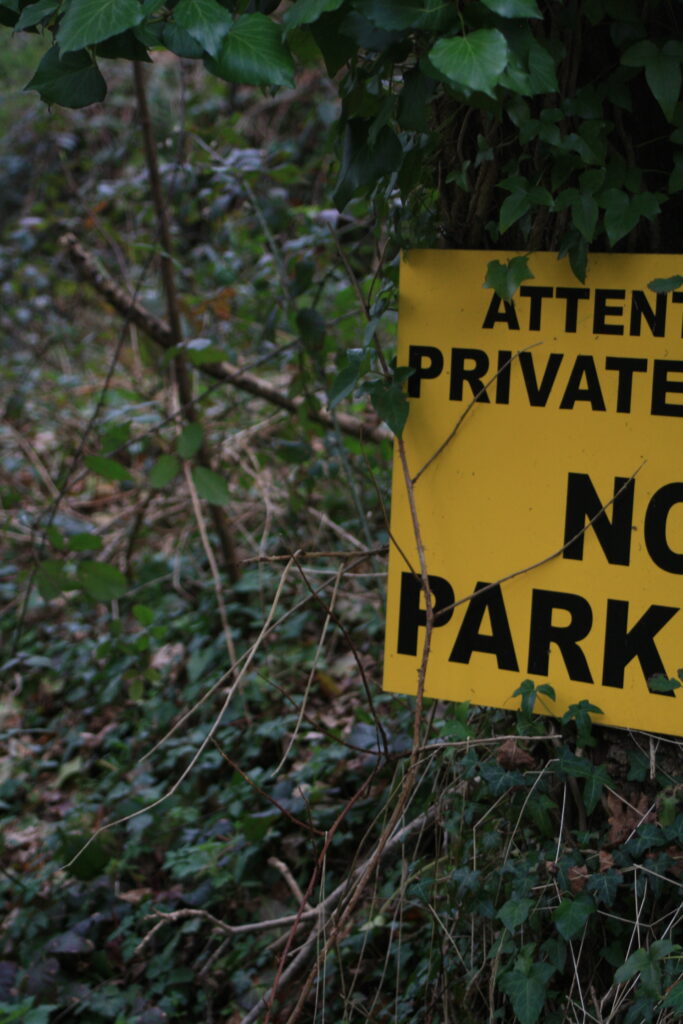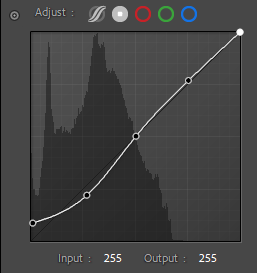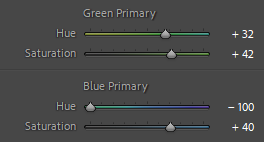The title for this project is Observe, Seek and Challenge, I have attached bellow the exam paper. In this booklet there are useful tips on how to gain ideas for these themes.
Mind Map
Bellow I have created a mind-map of ideas from the main headings. these included similar words, but also relating words and subject ideas I can focus on.
Observe- The main ides that strike me when hearing observe is everything that surrounds us on a day-to-day life, things that are ordinary, because many people might see them but not observe them. For example when choosing the same route to school everyday after weeks there can still be subjects that become unnoticed. Therefore to me observing means paying attention to one thing thinking about it, analysing it, enjoying it, and having a response to it. Therefore to observe it is much more than just seeing. By observing we discover and fin new things, we become more creative and curious. When it comes to photography the camera lens acts as a lens to observe the worlds through, therefore photographs that respond to this the best are ones where life is being represented, for example moments that are captured by the camera, but also photographs of subjects that represent that the photographer looked for, meaning they discovered them, just like special moments/ special events. To this documentary photography responds to very well as to be able to capture moments through documentary photography, photographers have to constantly observe everything around them in order to focus their camera on a specific moment and subject.
Seek- The first words that come to my mind is to be wanting, to seek for something, this leads me into the category of goals or wishes, to be seeking a specific kind of future, if it is with family, a person, career. To seek is to want something this might be a specific feeling or person or item, place. This is why when it comes to photographic responses to this category, what comes to mind are portrait responses that show people striking to achieve something, to reach a goal. This as well as photographs that show emotions, because I feel that out of all 3 to seek is a very emotional world that could be shown through portrait photographs. There is also another interpretation of that word where more photographic responses showed up once searched for this word, which are of hide and seek, this links well with the idea of observing, and finding, as when kinds play hide and seek, they seek for people, to find them. This can be also interpreted with outcomes that are playful and adventurous, responding to the idea of hide & Seek.
Challenge- To challenge means to go against something, this could be a view or an opinion, it also means to do a task with difficulty, therefore this can be interpreted many ways as photographic responses could go in different directions, some showing challenging tasks that people or animals go through, sometimes willingly or sometimes not. A great example of this is the image Migrant Mother showing the struggles of a single mother in poverty with 3 kids, then some can be seen of animals in a wild doing best to survive. However what cant be discouraged is challenging tasks people willing like to put themselves through games, board games or video games, or stress at work, learning or other personal challenges. I thing the biggest one is one that majority of people can relate to, mental health, nearly every person struggles mentally with a task or just with personal issues. Therefore many photographs can show this, these need to capture human emotion. I think the ones that do that best are once again documentary photographs of protests, where raw human fatigue and distress can be seen, not in one but in a group of people. The other side of “challenge” as a topic could be taken literally onto the technical aspect of the photograph, a photograph which was hard to capture, this because of the subject being photographed being challenging or by the specific way of photographing that is challenging to the photographer, an example of this are Olympic and sport photography, where it’s challenging to capture the perfect moment as the person is in constant motion, therefore ensuring the right setting on a camera is essential, to know how to do that might also be challenging for the photographer. Depending on light, speed, etc.

Mood-Board
Bellow I have collected few of photographs that I believe respond well to the mind map above as well as the description of each word in the title.

After creating the mood-board I could see a certain theme that the photographs all lead to, this to me were of adventurous nature, documenting life, catching key moments and being very discovery and full of life behind them. This means that majority were documentary photographs. From this I will be able to narrow down my focus for the exam.






